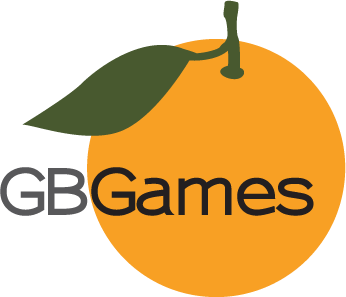Thomas Warfield reposted a 2004 article called Why Pyrogon Failed. You can read the original postmortem by Brian Hook as well.
Warfield boiled it down to failures in marketing and long-term planning. It is interesting that the About Us page makes it sound like the company is supposed to be independent, but the postmortem makes it sound like it was really supposed be a way to procure funding for a more mainstream company. In any case, it sounded like the mindset of the main people didn’t make the needed change to go from mainstream game developers to independent game developers and publishers.
When you work for a company, you have one job, and you do that job. You don’t need to worry about accounting, marketing, sales, distribution, or legal. You do your job, you get paid, and you do it again. “Safety” and “security” are the most important things to you.
When you run a company, you now have to worry about such details. Cashflow, marketing, and sales are not just meta-work. They ARE the work of the business. Product development is still important, but it is only a portion of what is needed.
Being an employee requires a certain mindset, but running a business requires another. You can hire help, but you can’t outsource marketing and sales and still expect to become successful.
If you want someone else to control your company’s destiny, you might as well be an employee. If you’re running your own business, you should want to control as much of its motion as you can. That isn’t to say that you should personally do everything, of course. It just means that you shouldn’t make business decisions that gives responsibility for your success to someone else.
Some time ago, $100 for membership in the IGDA seemed costly. I opted for the student membership at the time since it was so much cheaper. The Association of Shareware Professionals is another organization I have since joined, and at $100, it also seemed intimidating. On top of it all, there were magazine subscriptions and books to buy. I didn’t want to spend so much money that I could put towards a good couple of books!
Then I realized that I needed to change my mindset. Until then, I was looking at $100 and thinking, “That’s a lot of money.” I don’t spend $100 all at once very often. I had vague thoughts about how it could be a bad investment or that I might be throwing away $100. I realized, however, that I wanted to take my business seriously. I shouldn’t be so concerned about $100 because I should intend to make more than that easily. Heck, I made over $100 easily within a week during my regular job, so I would only be out a few hours of my time. The potential benefits sounded amazing, though. I could meet with other people doing the same thing I am doing, learn from them, and actually help dictate how the industry moves. $100 for all of that? It then sounded like a great deal.
If you aren’t satisfied with how your indie game business, or any business for that matter, is working out, you might want to double-check the mindset you’re in. Does it match your expectations? Do you have clear expectations to begin with?
